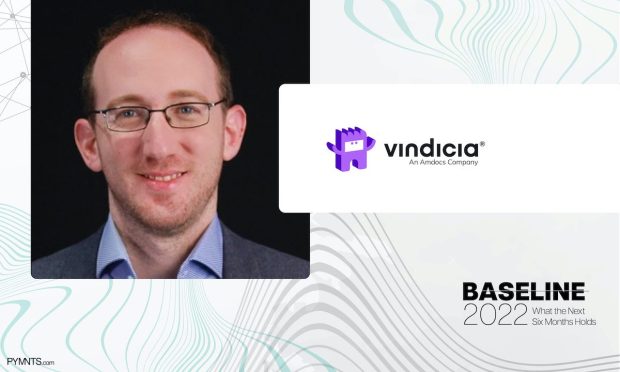The Consumer Psyche: Are We Entering a Post-Streaming Era?

Vindicia CEO Roy Barak writes in the PYMNTS eBook “Baseline 2022: What the Next Six Months Holds” that subscription businesses may be slowing, but companies that get creative about managing churn can find a new way to do business.
The past six months have been difficult for the consumer psyche. Rising inflation, record high gas prices, gun violence and the War in Ukraine have all taken their toll on consumer confidence. What does this mean for eCommerce and subscription-based businesses, especially when it comes to the health of streaming media services?
When Netflix released its Q1 earnings for 2022, the industry was shocked. The streaming giant lost 200,000 subscribers, its first loss in a decade. Consumers are increasing experiencing subscription fatigue. Overwhelmed and oversubscribed, many are watching their wallets and dropping subscriptions that they bought during the pandemic boom.
As we look toward the second half of 2022, are we now seeing the start of a consumer-fatigued, post-streaming era? Not necessarily.
Growth Doesn’t Last Forever
No matter how successful a business may be, growth is never continuous. At some point, growth will begin to slow down. Subscription providers like Netflix are no different. They follow this known trajectory — a period of hyper-growth followed by slower growth. This is natural and to be expected.
Bad news makes good headlines, but the truth is often more complex. Sure, Netflix might have missed on the top line, but the company is still ahead on the bottom line, and that’s a critical piece of the puzzle. The subscription model is flexible, far more than other models, and slowing growth doesn’t necessarily translate to lower margins.
Tackling Churn and Declined Payments
Nonetheless, churn is a tricky problem not only for Netflix, but for the entire subscription industry. There are a million reasons for churn. If a customer decides they’ve had enough, that’s a challenge that most subscription providers are already attacking. But if a customer drops off accidentally, not because they wanted to, but because a payment transaction failed, then that’s passive churn and it can gobble up potential revenue.
Shockingly, up to 70% of involuntary churn happens because of failed transactions. For some subscription executives, they may not yet be aware of how important it is to tackle this pervasive problem and how much money can be captured by solving it.
Is This the Beginning of the End for Streaming?
No, but it is the start of something new: consumers who are more aware, and businesses that are more agile. Consumers who are tightening their wallets balk at friction and demand better experiences. Agile businesses leverage tools to help solve subscription pain points in a creative and revenue-generating way.
As we embark on the next six months, instead of cutting back on content or services, look at how to cut back on payment failures that lead to passive churn. Consider how to offer personalized subscription bundles to improve customer lifetime value and increase recurring revenue streams.
Before changing the product — and clipping the wings of your business — dig into your subscription data and analyze your ecosystem. Is the payment process optimized? Is the user journey personalized? Does your service give real value?
It’s not the end of streaming subscriptions. It’s the beginning of a new way of doing business. That’s the big message going forward from the recent Netflix news.

